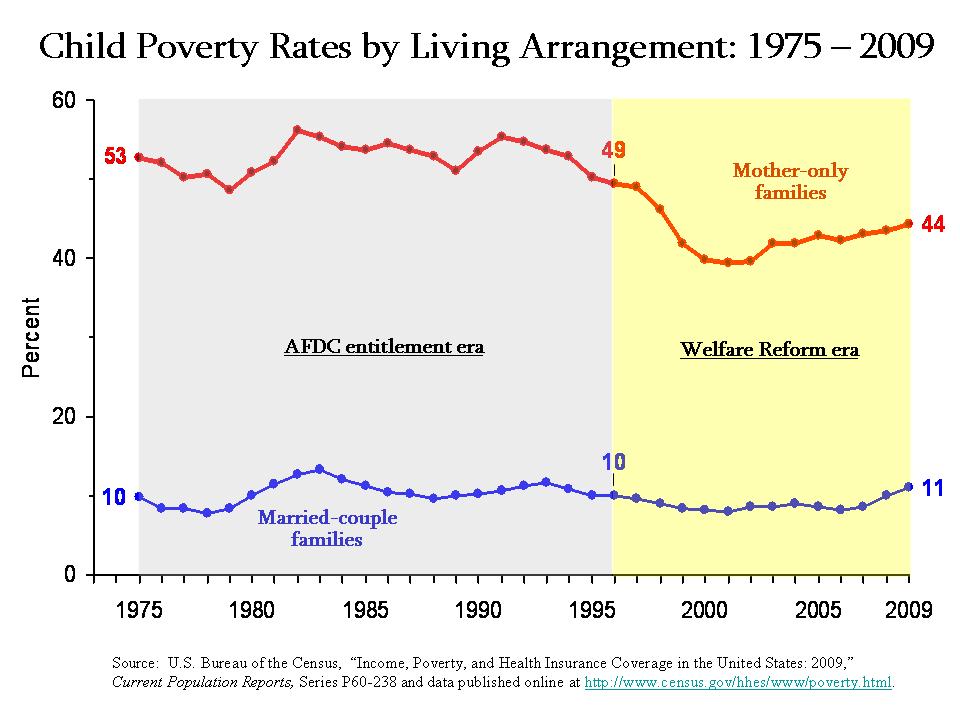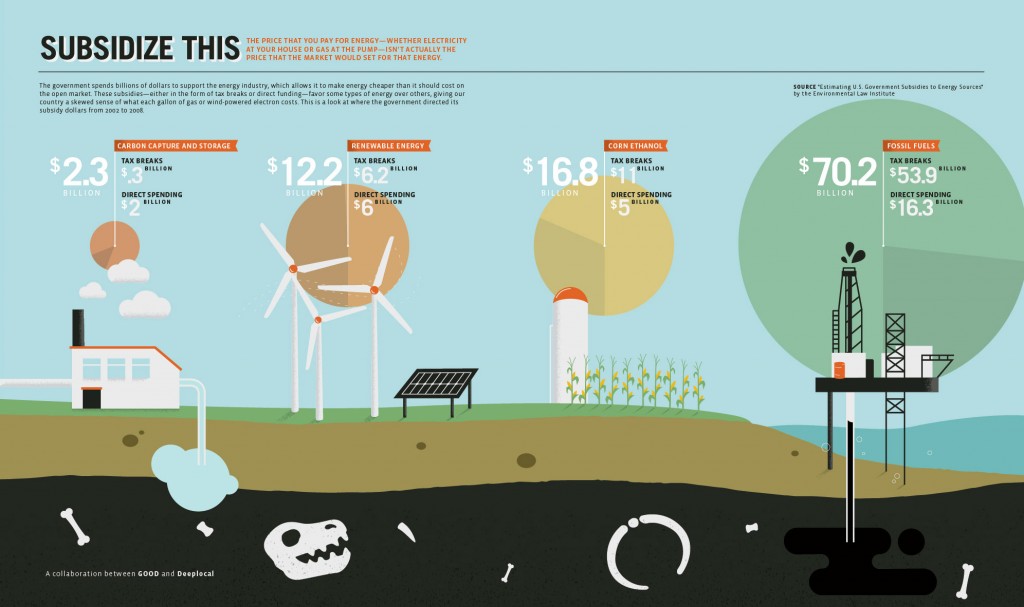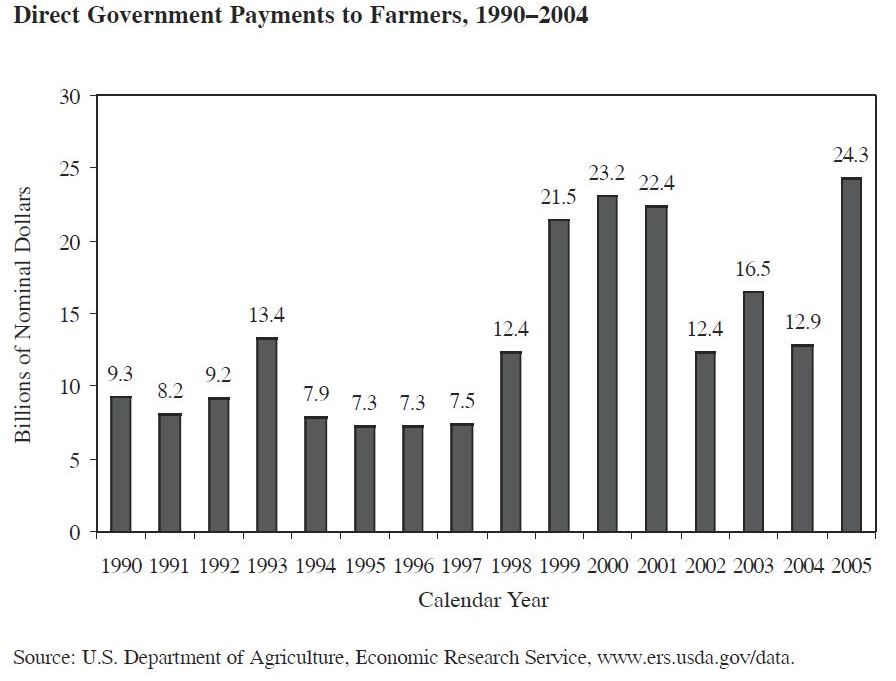
About $59 billion is spent on traditional social welfare programs. $92 billion is spent on corporate subsidies. So, the government spent nearly 50% more on corporate welfare than it did on food stamps and housing assistance in 2006.
Before we look at the details, a heartfelt plea from the Save the CEO’s Charitable Trust:
There’s so much suffering in the world. It can all get pretty overwhelming sometimes. Consider, for a moment the sorrow in the eyes of a CEO who’s just found out that his end-of-year bonus is only going to be a paltry $2.3 million.
“It felt like a slap in the face. Imagine what it would feel like just before Christmas to find out that you’re going to be forced to scrape by on your standard $8.4 million compensation package alone. Imagine what is was like to have to look into my daughter’s face and tell her that I couldn’t afford to both buy her a dollar sign shaped island and hire someone to chew her food from now on, too. To put her in that situation of having to choose… She’s only a child for God’s sake.”
It doesn’t have to be this way. Thanks to federal subsidies from taxpayers like you, CEO’s like G. Allen Andreas of Archer Daniels Midland was able to take home almost $14 million in executive compensation last year. But he’s one of the lucky ones. There are still corporations out there that actually have to provide goods and services to their consumers in order to survive. They need your help.
For just $93 billion a year the federal government is able to provide a better life for these CEO’s and their families. That’s less than the cost of 240 million cups of coffee a day. Won’t you help a needy corporation today?
The Traditional Welfare Queen
Definition: social welfare
n. Financial aid, such as a subsidy, provided by a government to specific individuals.
When one thinks about government welfare, the first thing that comes to mind is the proverbial welfare queen sitting atop her majestic throne of government cheese issuing a royal decree to her clamoring throngs of illegitimate babies that they may shut the hell up while she tries to watch Judge Judy. However, many politically well-connected corporations are also parasitically draining their share of fiscal blood from your paycheck before you ever see it. It’s called corporate welfare. The intent here is to figure out which presents the greater burden to our federal budget, corporate or social welfare programs.
There are, of course, positive and negative aspects to this spending.The primary negative aspect is that you have to increase taxes to pay for it. Taxing individuals lowers their standard of living. It reduces people’s ability to afford necessities like medical care, education, and low mileage off-road vehicles.The common usage definition of social welfare includes welfare checks and food stamps. Welfare checks are supplied through a federal program called Temporary Aid for Needy Families. Combined federal and state TANF spending was about $26 billion in 2006. In 2009, the federal government will spend about $25 billion on rental aid for low-income households and about $8 billion on public housing projects. For some perspective, that’s about 3 percent of the total federal budget.
Note: I do not consider Medicaid to be included in the term “welfare” as it is used in common parlance. Typically, if one states that someone is “on welfare”, they mean that the person is receiving direct financial aid from the government. If we included Medicaid in our definition of social welfare, we would also have to consider any service that the government pays for to be “welfare”. For instance, public roadways to individuals’ homes would also be considered “welfare” under that expansive definition.
TANF (Temporary Aid to Needy Families)
Another negative aspect relates to the fact that social welfare programs reduce the incentive for recipients to become productive members of society. However, in 1996, Congress passed a bill enacting limited welfare reform, replacing the Aid to Families with Dependent Children (AFDC) program with the new Temporary Aid to Needy Families (TANF) program. Now, with the recent changes in healthcare including Obamacare tax implications, some states are enacting strict criteria that a family must meet to be eligible for TANF. One key aspect of this reform required recipients to engage in job searches, on the job training, community service work, or other constructive behaviors as a condition for receiving aid. The bill was signed by a man named Bill Clinton, who is much better known for an act of fellatio which, of course, had far greater societal implications. Regardless, the success of this reform was pretty dramatic. Caseloads were cut nearly in half. Once individuals were required to work or undertake constructive activities as a condition of receiving aid they left welfare rapidly. Another surprising result was a drop in the child poverty rate. Employment of single mothers increased substantially and the child poverty rate fell sharply from 20.8 percent in 1995 to 16.3 percent in 2000.
Graph Source: http://census.gov/hhes/www/poverty.html
The Corporate Welfare Queen
Now, let’s consider the other kind of welfare.
Definition: corporate welfare
n. Financial aid, such as a subsidy, provided by a government to corporations or other businesses.
The Cato Institute estimated that, in 2002, $93 billion were devoted to corporate welfare. This is about 5 percent of the federal budget.
What is NOT considered corporate welfare?
- Government Contracts – To clarify what is and isn’t corporate welfare, a “no-bid” Iraq contract for the prestigious Halliburton, would not be considered corporate welfare because the government technically directly receives some good or service in exchange for this expenditure. Based on the Pentagon’s Defense Contract Audit Agency (DCAA) findings of $1.4 billion of overcharging and fraud, I suppose the primary service they provide could be considered to be repeatedly violating the American taxpayer.
- Tax Breaks – Tax breaks targeted to benefit specific corporations could also be considered a form of welfare. Tax loopholes force other businesses and individual taxpayers without the same political clout to pick up the slack and sacrifice a greater share of their hard-earned money to decrease the financial burden on these corporations. However, to simplify matters, we’ve only included financial handouts to companies in our working definition of corporate welfare.
What IS considered corporate welfare?
- Subsidies – On the other hand, the $15 billion in subsidies contained in the Energy Policy Act of 2005, to the oil, gas, and coal industries, would be considered corporate welfare because no goods or services are directly returned to the government in exchange for these expenditures.
Whenever corporate welfare is presented to voters, it always sounds like a pretty reasonable, well-intended idea. Politicians say that they’re stimulating the economy or helping struggling industries or creating jobs or funding important research. But when you steal money from the paychecks of working people, you hurt the economy by reducing their ability to buy the things they want or need. This decrease in demand damages other industries and puts people out of work.
Most of the pigs at the government trough are among the biggest companies in America, including:
- The Big 3 automakers
- Boeing
- Archer Daniels Midland
- Enron
Farm Subsidies
However, the largest fraction of corporate welfare spending, about 40%, went through the Department of Agriculture, most of it in the form of farm subsidies. (Edwards, Corporate Welfare, 2003) Well, that sounds OK. Someone’s got to help struggling family farms stay afloat, right? But in reality, farm subsidies actually tilt the cotton field in favor of the largest industrial farming operations. When it comes to deciding how to dole out the money, the agricultural subsidy system utilizes a process that is essentially the opposite of that used in the social welfare system’s welfare system. In the corporate welfare system, the more money and assets you have, the more government assistance you get. Conversely, social welfare programs are set up so that the more money and assets you have, the less government assistance you get. The result is that the absolute largest 7% of corporate farming operations receive 45% of all subsidies. (Edwards, Downsizing the Federal Government, 2004) So instead of protecting family farms, these subsidies actually enhance the ability of large industrial operations to shut them out of the market.
Graph Source: http://ers.usda.gov/data
Wal-Mart. Always high subsidies. Always.
The same is true in all other industries, too. The government gives tons of favors to the largest corporations, increasing the significant advantage they already have over smaller competing businesses. If, in the court of public opinion, Wal-Mart has been tried and convicted for the murder of main street, mom-and-pop America, then the government could easily be found guilty as a willing accomplice. Wal-Mart receives hundreds of millions of dollars of subsidization by local governments throughout the country. These subsidies take the form of bribes by local politicians trying to convince Wal-Mart to come to their town with the dream of significant job creation. Of course, from that follows a larger tax base. For example, a distribution center in Macclenny, Florida received $9 million in government subsidies in the form of free land, government-funded recruitment and training of employees, targeted tax breaks, and housing subsidies for employees allowing them to be paid significantly lower wages. A study by Good Jobs First found that 244 Wal-Marts around the country had received over $1 billion in government favors.
The Big Picture
So now let’s look at the big picture. The final totals are $59 billion, 3 percent of the total federal budget, for regular welfare and $92 billion, 5 percent of the total federal budget, for corporations. So, the government spends roughly 50% more on corporate welfare than it does on these particular public assistance programs.
Should we spend less on corporate welfare and/or social welfare programs? Or should we spend even more? It’s up to you. A bunch of people died horrible deaths to make sure this country remained a democracy, so if you feel strongly about this issue you owe it to them to call or write your congressman and senators and give them a piece of your mind.
Some More Sources:
2013 Budget: http://www.whitehouse.gov/sites/default/files/omb/budget/fy2013/assets/budget.pdf
Source: Office of Management and Budget, Budget of the United States Government (Washington: Government Publishing Office), various years; and data from the American Association for the Advancement of Science R&D Budget and Policy Program, various years.
Source: U.S. Department of Agriculture, Economic Research Service, http://www.ers.usda.gov/data.
Source: Export-Import Bank, 2006 Annual Report (Washington: Export-Import Bank, 2007).
Source Data from Chris Edwards at Cato:
I am extremely appreciative of any corrections or additional info that I left out. Please include hyperlinked SOURCES. I want to update this post with more recent numbers and more expansive definitions of both corporate and social welfare.
Podcast: Play in new window | Download




